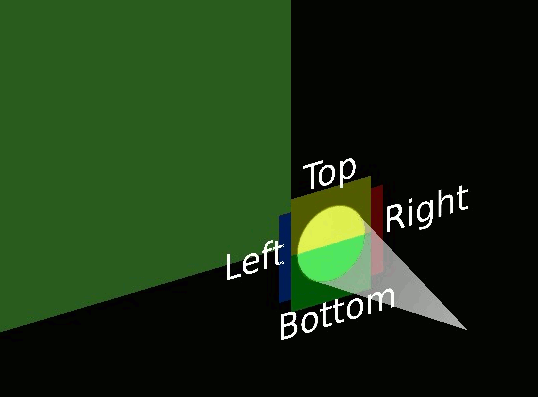Pseudo motor overview
The pseudo motor interface acts like an abstraction layer for a motor or a set of motors allowing the user to control the experiment by means of an interface which is more meaningful to him(her).
One of the most basic examples is the control of a slit. The slit has two blades
with one motor each. Usually the user doesn’t want to control the experiment by
directly handling these two motor positions since they have little meaning from
the experiments perspective. Instead, it would be more useful for the user to
control the experiment by means of changing the gap and offset values. In the
Slit controller, pseudo motors gap and
offset will provide the necessary interface for controlling the experiments
gap and offset values respectively.

An animation [1] representing a system of slits composed from horizontal blades (left and right) an vertical blades (top and bottom).
In order to translate the motor positions into the pseudo motor positions and
vice versa, calculations have to be performed. The device pool provides
PseudoMotorController class that can be
overwritten to provide new calculations.
The pseudo motor position gets updated automatically every time one of its motors position gets updated e.g. when the motion is in progress.
The pseudo motor object is also exposed as a Tango device.
See also
- Pseudo motor API reference
the pseudo motor API
PseudoMotorthe pseudo motor tango device API
Footnotes